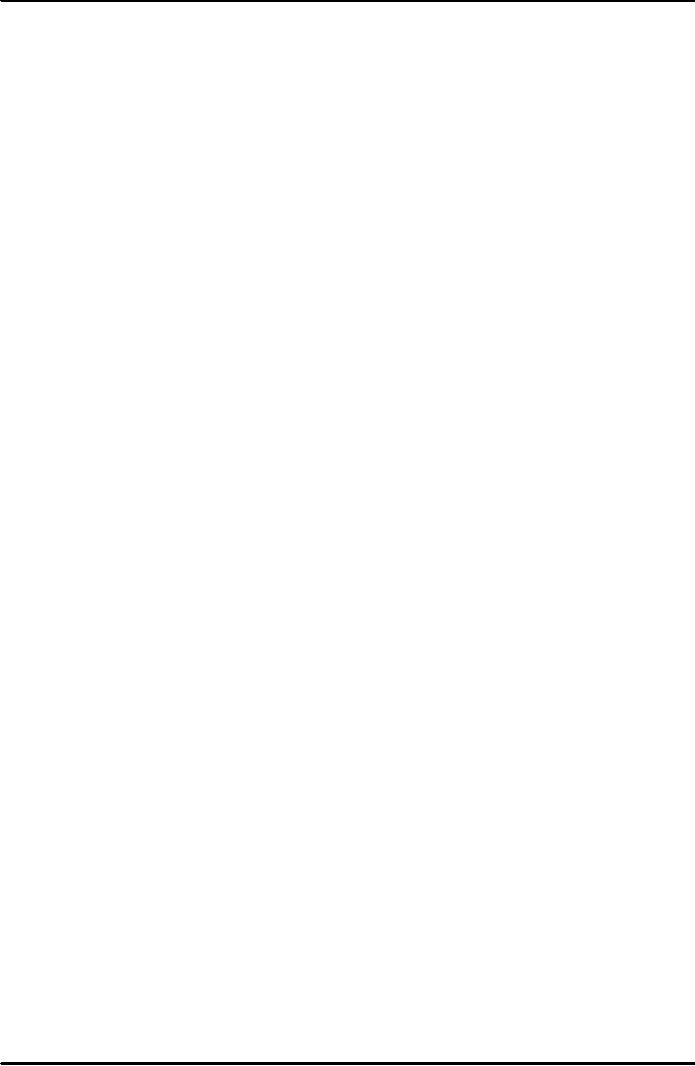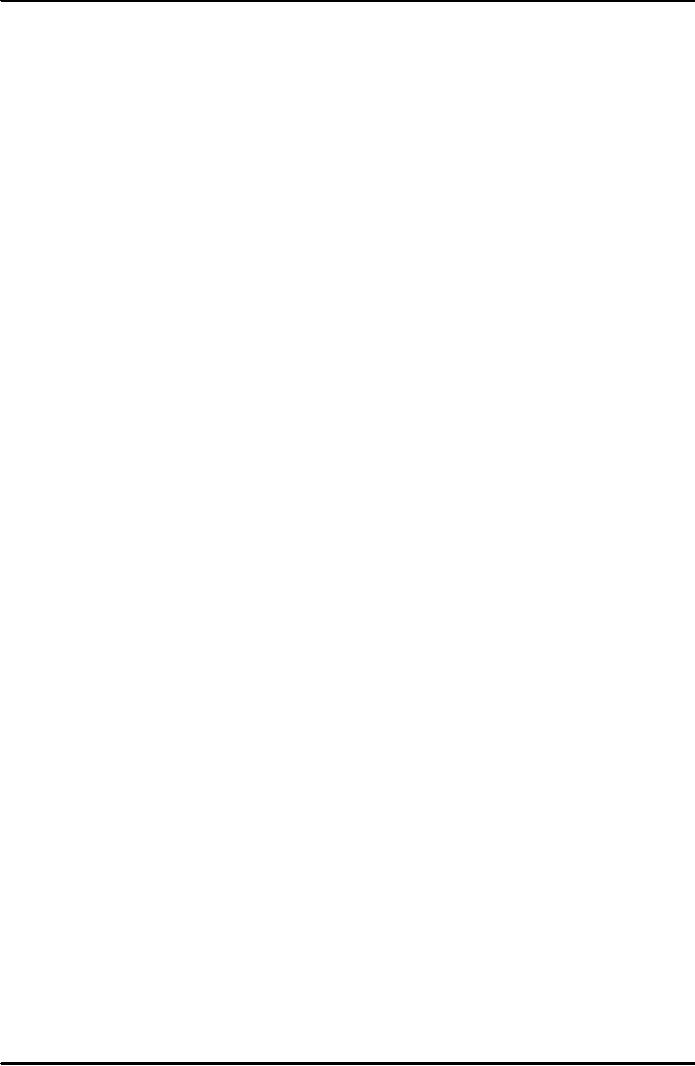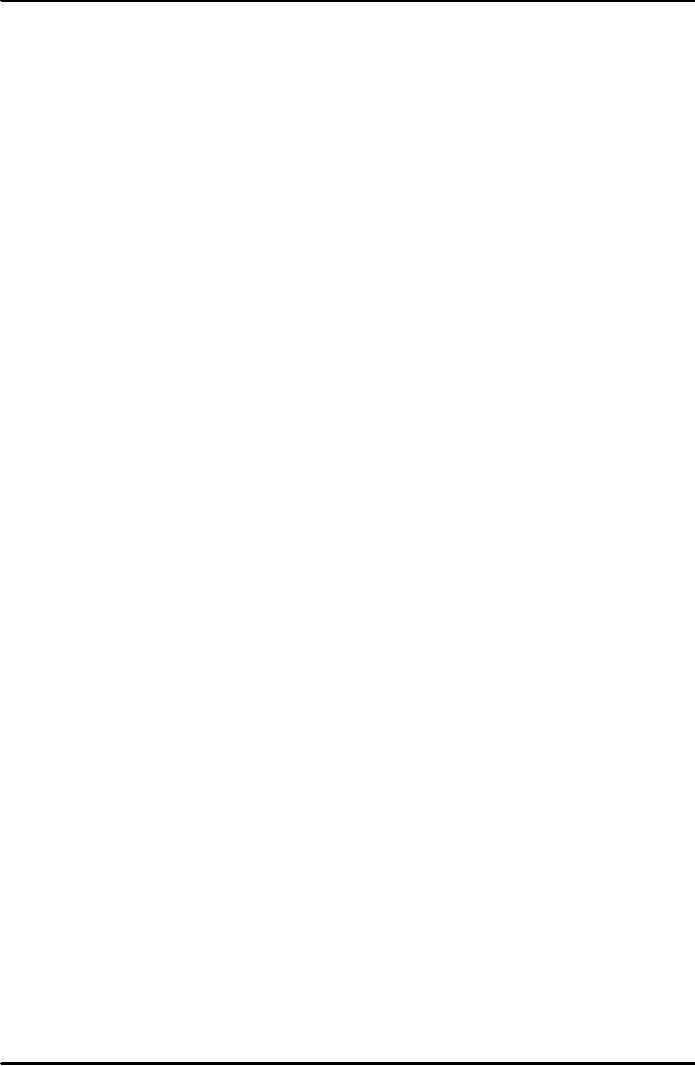 |

SME
Management (MGT-601)
VU
Lesson
29
CONDITIONS
THAT STIMULATE LEARNING
�
Behavior
of Boss
Boss
is the key figure in an organization.
Others tend to emulate him.
Every meeting between boss
and
subordinate
presents a teaching learning situation. If the
boss favors training and development,
the
subordinates
tend to become positively inclined to
learn. Therefore, the boss should exhibit
a tendency
towards
learning and training.
�
Behavior
of Informal Group.
Informal
groups set the behavior
norms for its individual
members. It may either support or
resist the
introduction
of any change. If the informal
groups support training,
measure would find a
motivated group
inclined
towards obtaining it.
�
Influence
of Formal Organization.
The
organizational structure, policies,
procedures, objectives etc. reflect
and reinforce the behavior
which
the
formal organization prizes. For
instance, if the company keeps the
top management within the
family or
has
rigid control, would little
opportunity for growth. Learning is
stimulated when there is openness,
lack of
constraints
and climate of exploring new
ideas and the objectives of the
organization support training
and
development.
�
Economical
&Technological Influence.
A
rapidly growing company in an expanding
field offers more opportunities
through training.
�
Performance
Appraisal
It
is a form of counseling and
coaching. It is used for defecting
and correcting errors. It is the process
by
which
owner gathers information about
each employee's performance,
effectiveness and communicates
the
same
to employee. It includes
a
Establishment
of Standards.
b
Recording
of Performance.
c
Reviewing
of Performance in accordance with
Standards.
d
Taking
Corrective Action.
�
Purpose
of Performance Appraisal
a
To
evaluate performance over a
specific time.
b
To
motivate employees through
performance feedback.
c
To
evaluate individual employee's
potential for growth and
development.
d
To
collect information for
decision making.
e
To
evaluate effectiveness of training
program.
Limitations
of Performance Appraisal
Limitation
of Job Description
People
are unique. The same job
may be performed differently by
different people. The same is true
of
conditions
within the organization. While framing
position description, the managers attempt to
find some
congruence
between the job description and
their knowledge of requirements. No
wonder, the position
description
may not be totally
correct.
Inadequacy
of Appraisal and Problem of
Reliability
Many
of the items that are included in
appraisal such as initiative,
quality of work, cooperation,
adaptability
etc.
are subject to personal
standards of the appraiser. Bias
and prejudice are common failings of
every
individual.
Therefore no appraisal can be
considered as absolute. Due to
these defects, ratings tend
to vary
widely
and raise doubts about their
reliability.
81

SME
Management (MGT-601)
VU
Impediments
in Communication
Managers
insist on fair criticism,
based on performance appraisal.
The employees, however, regard it
as
censure
and tend to adopt a
defensive mechanism against
it. Therefore, there arise conflicts
which make the
goal
of appraisal self-defeating.
Failure
to Motivate
Appraisal
procedures are not designed
to provide motivation impact.
The urge to change must
come from
within
the individual. There is too long a
gap between the act and
its consequence and hence
its failure to
play
any significant role in motivating the
employee.
Employee
Morale
Morale
is the attitude of the employee towards
factors in the work environment
such as job, pay,
superiors
etc.
Since it is an attitude, it can not be
measured as the profits. Therefore
indirect techniques are used
to
measure
the morale.
Indirect
Techniques to Measure the
Morale
One
such technique is" survey" in it
employees are asked to check
how they feel in a particular factors in
a
company.
Another
method of collecting morale data
is" descriptive" survey wherein
employees are asked to
provide
descriptive
answer to question.
1)
Indicators of employee
morale:
2)
High employee turnover
ratio.
3)
Higher number of accidents.
4)
Lower productivity.
5)
Increased number of defective
output.
Discipline
Disciplinary
problems arise due to lack
of knowledge, Lack of interest and
Carelessness. The following
acts
call
for disciplinary action:
a)
Disorderly
conduct: reporting for work
under the influence of liquor.
b)
Dishonesty
c)
Obtaining
employment by using false or misleading
information
d)
Violation
of safety procedure
e)
Gambling
f)
Excessive
Tardiness
g)
Insubordination.
Types
of Discipline
Progressive
Discipline
It
consists of minimum disciplinary action
for first offence. The
degree of punishment increases
for
subsequent
violations. It may be in the form of
oral warning, reprimand, written warning
stating
consequences
of future violation, disciplinary lay
off, demotion, discharge
etc.
It
should have following
ingredients:
a)
A forewarning
b)
Immediate action
c)
Consistent
d)
Impersonal administration
Positive
Discipline
1)
It is the most effective type of discipline since it
corrects and strengthens an
individual. Guidelines
in
this behalf are:
82

SME
Management (MGT-601)
VU
2)
Disciplining
should be done in private and never in
front of fellow
employees.
3)
Concentrate
on mistakes than on
individual.
4)
Listen
to the employees so as to get complete
facts and clarify
misunderstanding.
5)
Explain
not only that something is
being done incorrectly but also on as to
why employee should
be
doing it the other
way.
6)
There must be no favorites and
privileged.
7)
Provide for appeal against
decision considered
unfair.
83
Table of Contents:
- THE HISTORY:Cottage Industry, CONCEPT OF SMALL BUSINESS
- THE RELATIONSHIP BETWEEN SMALL AND BIG BUSINESS:The SME’S in Pakistan
- THE ROLE OF ENTREPRENEURSHIPS IN SMEs:Focus and Perseverance Guide the Entrepreneur
- THE ROLE OF ENTREPRENEURSHIPS IN SMEs:Kinds of Entrepreneurs
- SMALL ENTREPRENEURS IN PAKISTAN:National Approaches
- THE DEVELOPMENT OF SMES IN PAKISTAN:The Industrial History of Pakistan
- GOVERNMENT’S EFFORT TOWARDS SME DEVELOPMENT:Financing Programs
- THIS LECTURE DEFINES THE ROLE OF NGOS AND SMEDA:Mission Statement
- ISSUES AND POLICY DEVELOPMENT FOR SME:Monitoring Developments
- ISSUES IN SME DEVELOPMENT:Business Environment, Taxation Issues
- LABOR ISSUES:Delivery of Assistance and Access to Resources, Finance
- HUMAN RESOURCE DEVELOPMENT:Market and Industry Information, Monitoring Developments
- MARKET AND INDUSTRY INFORMATION:Measuring Our Success, Gender Development
- LONG TERM ISSUES:Law and Order, Intellectual Property Rights, Infrastructure
- THE START UP PROCESS OF A SMALL ENTERPRISE:Steps in Innovative Process
- TECHNICAL FEASIBILITY:Market Feasibility, Market Testing
- FINANCIAL FEASIBILITY:Financial resources and other costs, Cash Flow Analysis
- ASSESSMENT OF PERSONAL REQUIREMENTS AND ORGANIZATIONAL CAPABILITIES:Analysis of Competition
- Post Operative Problems of a New Enterprise:Environmental Causes
- HOW TO APPROACH LENDERS:Bank’s Lending Criteria, Specific Purpose, Be Well Prepared
- WHAT A BANK NEEDS TO KNOW ABOUT YOU:General Credentials, Financial Situation
- COMMERCIAL INFORMATION:Checklist for Feasibility Study, The Market
- GUARANTEES OR COLLATERAL YOU CAN OFFER:Typical Collateral
- Aspects of Financial Management:WINNING THE CASH FLOW WAR, The Realization Concept
- MEANING OF WORKING CAPITAL:Gross Working Capital, Net Working Capital
- RECRUITMENT, SELECTION AND TRAINING:Job Description, Job Specification
- SELECTION AND HIRING THE RIGHT CANDIDATE:Application Blank, Orientation
- TRAINGING AND DEVELOPMENT:Knowledge, Methods of Training
- CONDITIONS THAT STIMULATE LEARNING:Limitations of Performance Appraisal, Discipline
- QUALITY CONTROL:Two Aspects of Quality, Manufactured Quality
- QUALITY CONTROL:International Quality Standards, MARKETING
- MARKETING:Marketing Function, MARKETING PROCESS - STEPS
- MARKETING:Controllable Variable, Marketing Uncontrollable, Marketing Mix
- MARKETING:Demerits of Product Mix, Development of new product, SMEDA
- ROLE OF TECHNOLOGY:Training programmes, Publications
- ROLE OF TECHNOLOGY:Measure to Undertake for Promoting Framework.
- EXPORT POTENTIAL OF SME IN DEVELOPING COUNTRIES I:Commonly Seen Assistance Programme
- EXPORT POTENTIAL OF SME IN DEVELOPING Countries. II:At the national level
- WORLD TRADE ORGANIZATION (WTO):WTO Agreements: Salient Features
- WTO MINISTERIAL CONFERENCES:PAKISTAN AND WTO
- WORLD TRADE ORGANIZATION (WTO) PAKISTAN & WTO. II:International Treaties
- WORLD TRADE ORGANIZATION (WTO) PAKISTAN & WTO. III:Agriculture
- WORLD TRADE ORGANIZATION (WTO):PAKISTAN & WTO. III
- WORLD TRADE ORGANIZATION (WTO):CONCLUSIONS AND RECOMMENDATIONS
- SUMMARY & CONCLUSIONS:Financing Tool, Financing Tool